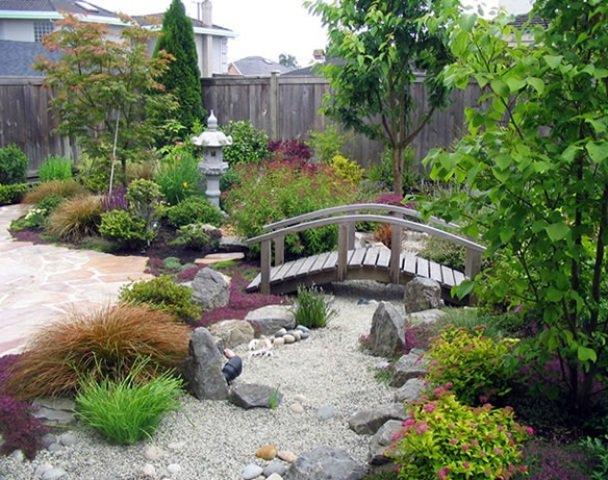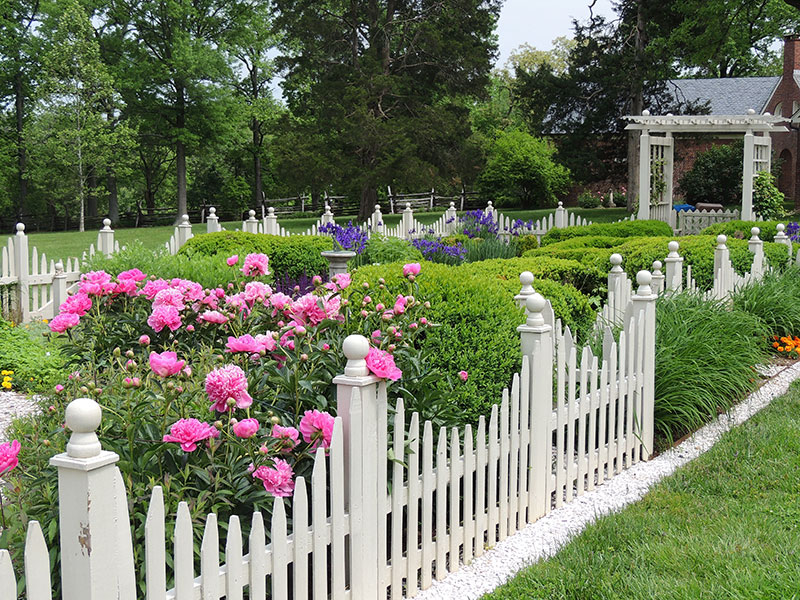Everyone thinks about their dream home at some time in their lives. Spacious rooms, high ceilings, huge panoramic windows and of course, the latest in smart home gadgetry. Most new homes today offer the option of including all of the necessary cabling so that you can control all of your home’s environmental and safety systems, you can enjoy audio and video applications and take advantage of high-speed connectivity from any room. One very important part of your residence that is often neglected when considering smart home applications is your garden. If you are able to control the lighting in your home, why not be able to do the same with your garden lighting? If you have high speed connectivity from any room in your home, why is your garden not included? If you can adjust the heating, cooling and alarm systems of your home, why not be able to control the temperature of your outdoor heated pool, the settings of your lawn sprinkling system and the positions of those all-important shade-providing awnings?
Installing cabling for your garden is just as important as cabling for your home. Your garden is nothing more than an outdoor extension of your abode. It’s about as much a part of your home as your kitchen or bedroom is. However, the cabling needs of your garden are somewhat different than those of the indoor areas of your home. So, whether you are in the process of renovating your home or designing a new one and you want to include smart home applications in your garden, there are several important things to keep in mind.
Protect your underground cabling. There’s no question that most of your cabling will, as a whole or in part, be underground. Whether it’s mains, data or control cable you’re installing, make sure the cable is rated for underground installation. For example, the British standard BS5467 is a rating for cable that is suitable for underground installation including direct burial in free draining soil or direct embedding in concrete. It is also appropriate to be used outdoors, fully exposed to the elements without additional protection due to its armour and the UV stable and water resistant nature of its sheathing.
Wireless still needs cables. You will most likely be using Wi-Fi for your network connectivity needs in the garden, but remember, you still need to run data cable to your access point. Choose a suitable central location as well as a weather resistant access point and run your PVC protected Ethernet cable to that location.
Make sure you don’t break the law. Just like the wiring in your home, there are specific regulations that must be met when cabling your garden, especially when running mains cables. These regulations must be addressed to ensure that the final result meets local building codes and standards, does what you need, and is above all safe.




